Emily Dickinson
Emily Dickinson, in full Emily Elizabeth Dickinson, (born December 10, 1830, Amherst, Massachusetts, U.S.—died May 15, 1886, Amherst), American lyric poet who lived in seclusion and commanded a singular brilliance of style and integrity of vision. With Walt Whitman, Dickinson is widely considered to be one of the two leading 19th-century American poets.
Notable Works - I’m Nobody! Who Are You, “Hope” is the thing with feathers, Because I could not stop for death
Enclyclopedia Britannica
